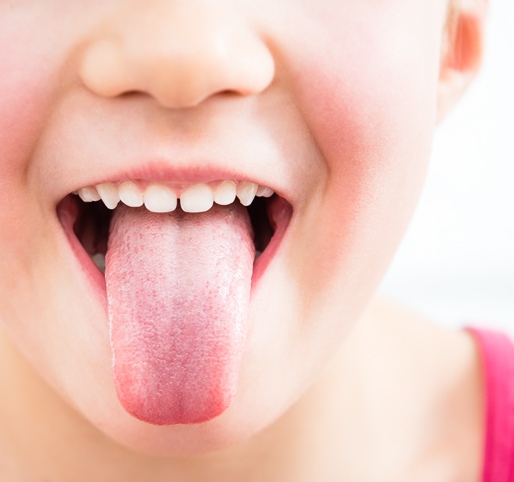Traditionelle Chinesische Medizin
Philosophie
Die Chinesische Medizin (TCM) ist die älteste und größte Medizintradition der Menschheitsgeschichte. Seit über 2000 Jahren wurde medizinisches Wissen systematisch zusammengetragen, klinisch weiter erprobt und bewahrt bis zum heutigen Tag. Seit den 50er Jahren wird diese Medizin nach modernen wissenschaftlichen Standards systematisiert und als „TCM“ an chinesischen Universitäten gelehrt. Als ganzheitliche Medizin berücksichtigt die Diagnose und Therapie der TCM den ganzen Menschen. Krankheiten und Beschwerden entstehen aus chinesischer Sicht, wenn das energetische Gleichgewicht gestört ist. Ziel einer jeden Behandlung ist es, die Balance wiederherzustellen und zu stabilisieren.
In unserer Praxis für Traditionelle Chinesische Medizin (TCM) vertreten wir einen komplementärmedizinischen Ansatz. Unsere Behandlung nach TCM-Kriterien erfolgt somit nicht ersetzend, sondern ergänzend zur Schulmedizin. Entsprechend sehen wir unsere Patienten sowohl aus dem östlichen wie dem westlichen Blickwinkel. Die moderne Diagnostik ist dabei unverzichtbar, entsprechend eng arbeiten wir mit den Hausärztinnen und Hausärzten sowie den fachärztlichen Praxen zusammen. Die Ansätze aus der östlichen und westlichen Medizin können in der Regel gut miteinander kombiniert werden.
Diagnostik
Pulsdiagnose
Der tastbare Puls ist die Zusammensetzung von Gewebe (Blutgefäß), nährender Flüssigkeit (Blut) und aktiver Energie (Pulswelle). Jede dieser Eigenschaften kann sich auf unterschiedliche Weise darstellen und somit tasten lassen. Diese drei Eigenschaften zusammengenommen, ergeben das Pulsbild. Dieses hilft dem Arzt, eine Diagnose zu stellen und daraus eine Therapie abzuleiten. Die Erfassung der Herzfrequenz spielt hier nur eine sehr untergeordnete Rolle.
Die Chinesische Medizin (TCM) kennt klassischerweise keine technischen Hilfsmittel zur Diagnostik. Man benutzt „nur“ die menschlichen Sinne. Entsprechend ausgebildet erfährt man darüber aber sehr viel über seine Patienten. Wir leben in einer modernen Welt und selbstverständlich beurteilen auch wir technische Befunde wie Bildgebung oder Labor. Die Chinesische Diagnose liefert aber auch Erkenntnisse, die nicht meß- oder darstellbar sind, da sie mehr die komplexen, aktiven Funktionen des Körpers berücksichtigt. Dies ist in der Gesamtbeurteilung eines Beschwerdebildes enorm wichtig.
Eine Chinesische Diagnosestellung umfasst mehrere Untersuchungsmethoden. Hauptsächlich geht es um die Beurteilung des Zustandes und der Funktion des aktiven Körpergewebes (Muskulatur, Sehnen und Faszien sowie der inneren Organe.) Hierfür verwenden wir vor allem die Puls- und Zungendiagnose, aber auch die Betastung des Bauches und der Leitbahnen.
Zungendiagnose
Die Zunge ist der einzige Muskel im Körper, der nicht von Haut überdeckt ist. Somit lässt sich hier einiges über den Zustand eines der wichtigsten Körpergewebe ablesen, was uns sonst verborgen bleibt. Die Konsistenz des Muskels, die Farbe des Muskelfleisches und der Zungenbelag spielen eine wichtige Rolle bei der Diagnosestellung. Außerdem hat die Zunge als Anfangspunkt des Verdauungstraktes eine direkte Verbindung zu den inneren Organen und kann so über deren Zustand weitere wichtige Hinweise geben.
Therapien
TCM Behandlungen
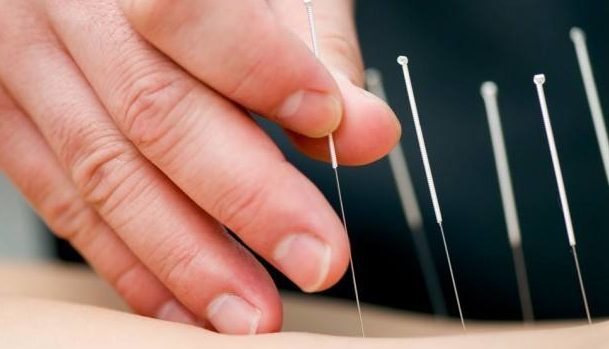
Akupunktur
Die Behandler verwenden auf dem Prinzip des Qi dafür Nadeln, die sie an den sogenannten Akupunkturpunkten ansetzen.
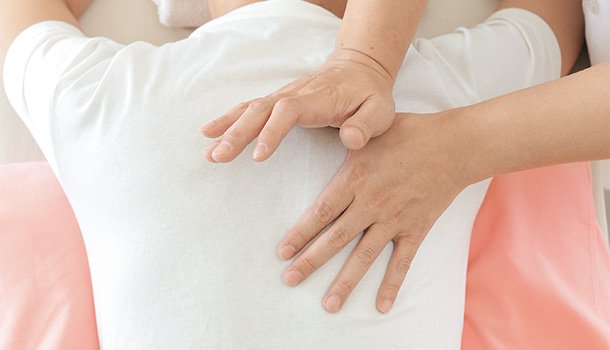
Tuina Massage
Tui Na bedeutet wörtlich schieben und ziehen und ist der gängigste Begriff für die Physiotherapie der chinesischen Medizin.

Schröpfen
Unter Schröpfen versteht man das Anbringen eines regional begrenzten Unterdrucks in bestimmten Körperzonen.
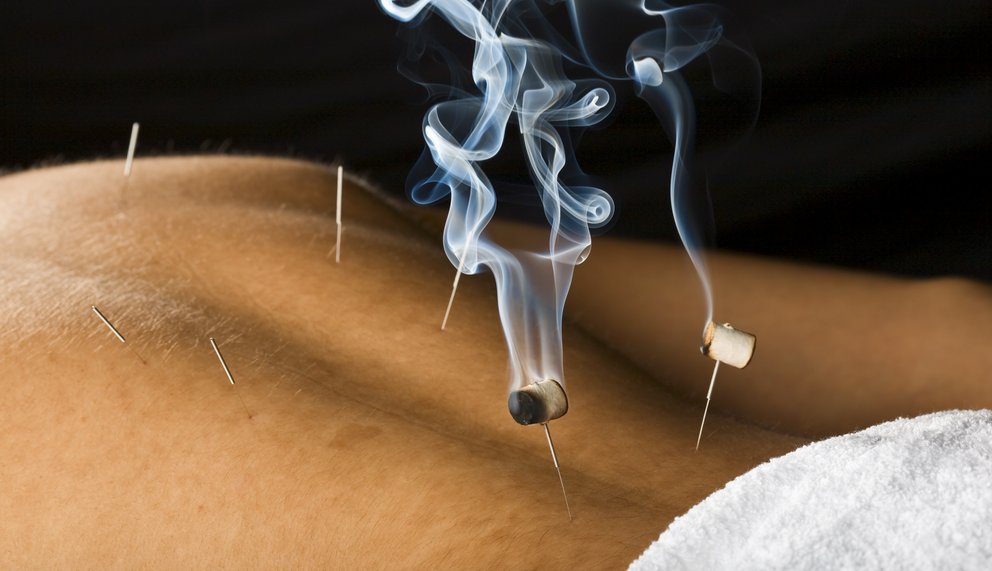
Moxibustion
Die Moxibustion, kurz Moxa genannt, ist eine Wärmetherapie. Die Wärme entsteht durch das Abbrennen von getrocknetem Beifußkraut.
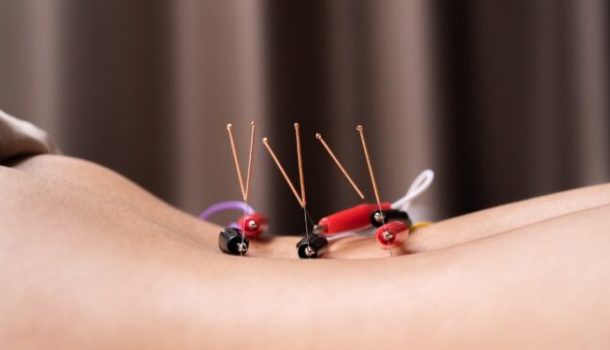
Elektroakupunktur
Bei der Elektroakupunktur werden zusätzlich feine Elektroimpulse zur Stimulation des Meridianpunktes und umliegenden Gewebes benutzt.
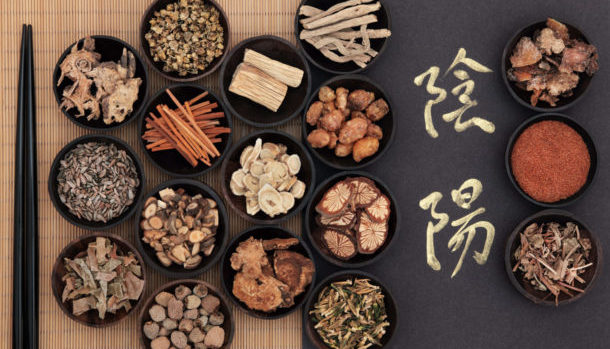
Chinesische Kräutermedizin
Es werden anhand von Heilkräutermischungen sowohl diverse akute als auch chronische Krankheiten behandelt.



